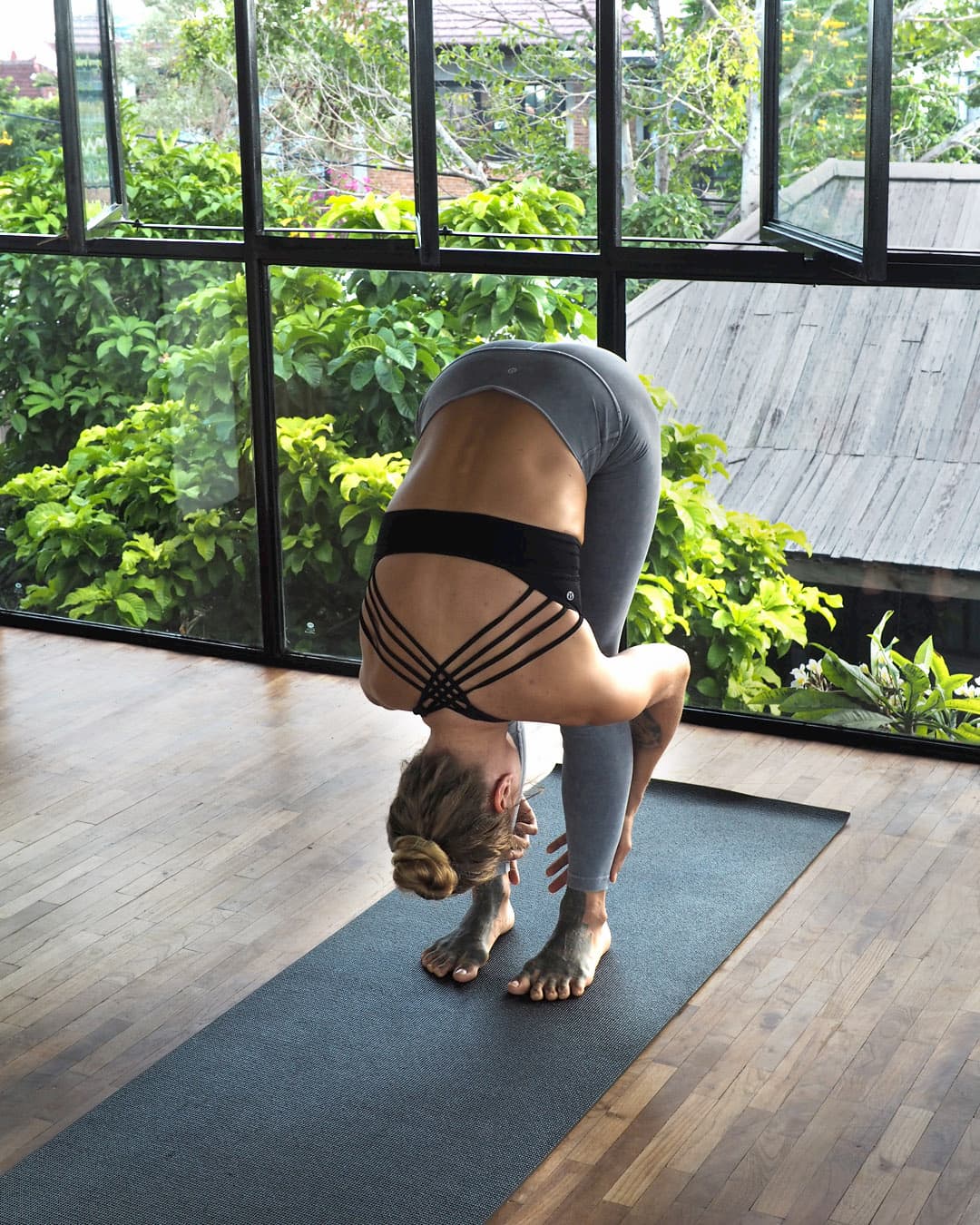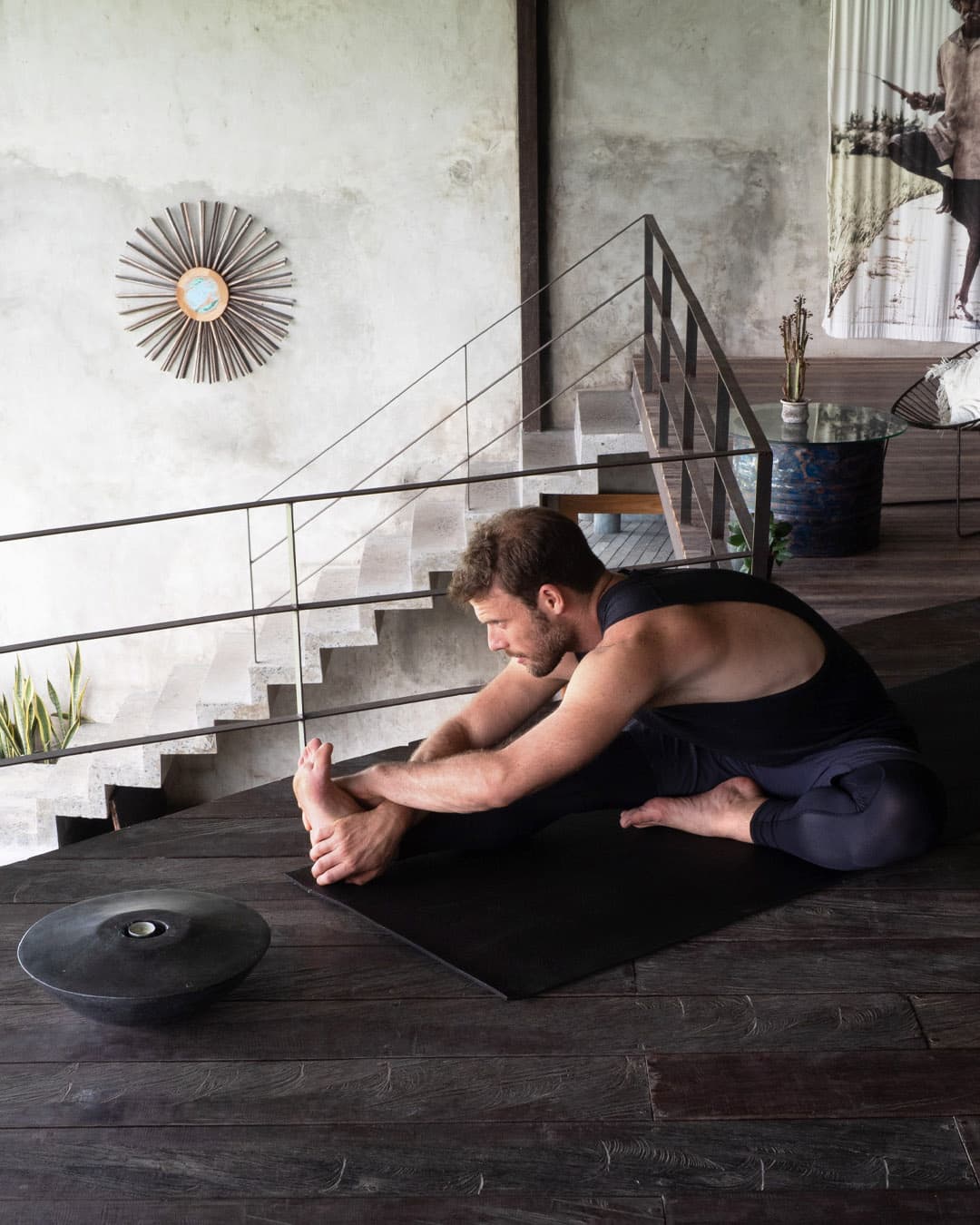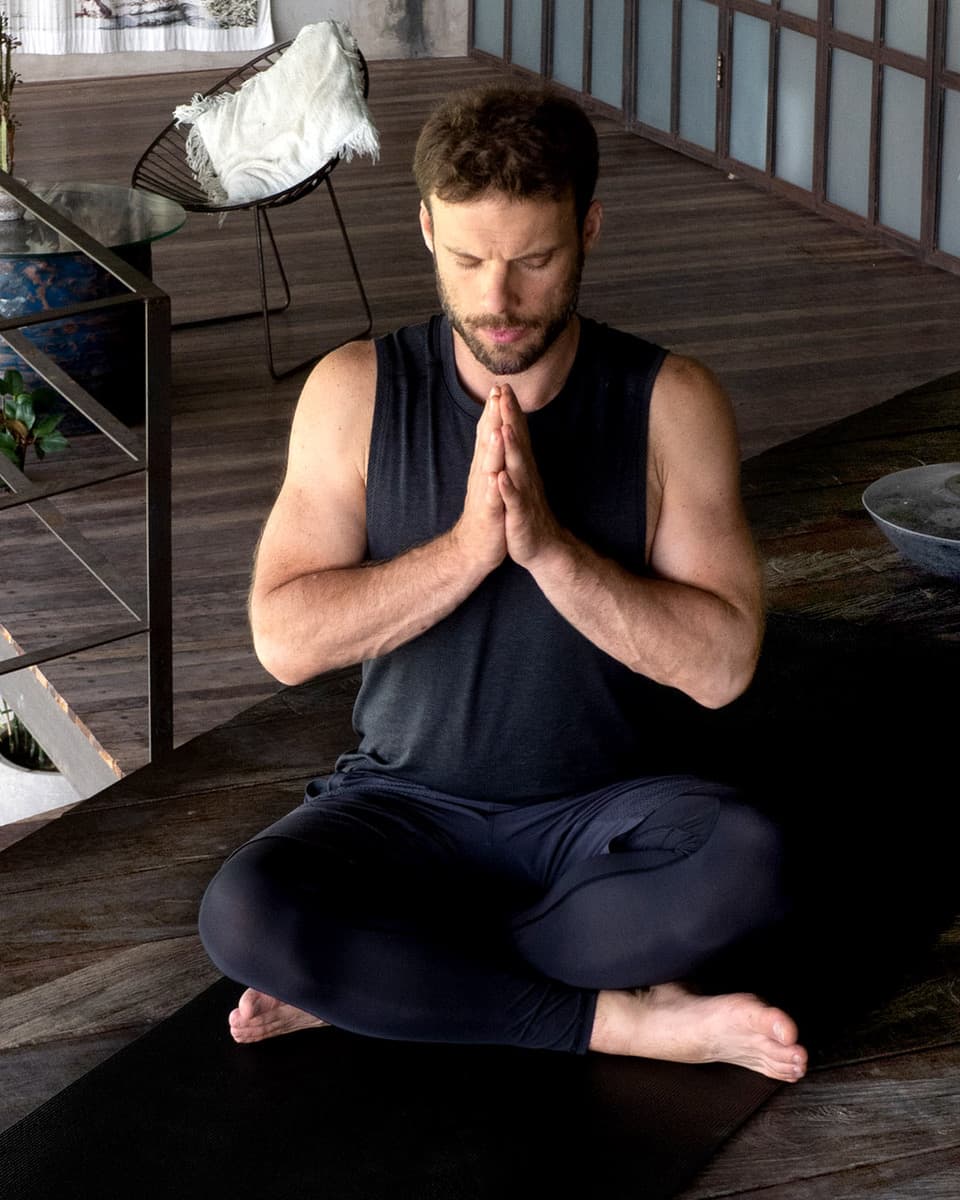
UTTANASANA OR STANDING FORWARD FOLD
December 30, 2021Uttanasana is one of the poses that belongs to a forwards folds group. To be more precise, in Hatha yoga and Kundalini yoga it is one of the standing forward bends that is a part of the Surya Namaskar sequence. The name comes from the Sanskrit terms "Ut" means intense "tan" which means “to stretch” or “to extend” and Asana which means “seat” or “posture”.
In a long and rich history of yoga, Uttanasana is a relatively new posture and it is first found documented in a text called Shri Tattva Nidhi from 19th century in Mysore, India.
Uttanasana is closely related to older variations of the posture like Padanghustasana or Padahastasana and main difference is in the position of the hands while performing this beneficial standing forward folds.
Uttanasana is a common pose and mostly used in every single Hatha yoga and Kundalini yoga class. The benefits are many, and as a pose coming from the family of forward folds it has significant influence on calming our mind and soothing our nervous system. It is balancing for the body due to the combination of active and passive activities while preforming the pose. It’s a gentle dance between stretching and strengthening our muscles. It can teach us how to accept our limitations and be patient instead of pushing ourselves too far that can lead to injuries.
According to B.K.S. Iyengar, the many benefits of this asana include slowing down the heartbeat; toning the liver, spleen, and kidneys; and rejuvenating the spinal nerves. Mr. Iyengar has also said that after practicing Uttanasana, “one feels calm and cool, the eyes start to glow, and the mind feels at peace.”
Action of folding our torso forward and the inverted nature of the pose, increases the blood flow to the brain, and with the heart above the head, is said to relieve stress.
Benefits & Commonalities:
- Stretches the muscles of the back
- Ease the anxiety
- Relieve the headaches
- Stretches the hamstrings
- Tones the abdominal organs
- Improves digestion
- Quiet the mind
- Taught in best yoga schools globally
- Commonly taught in all online yoga 200 hour certifications
Step-by-Step Instructions
Altho there is a secret need in each of us to touch our toes as soon as we fold forward ( which can lead to injuries), it is wise to remember that yoga is not about touching our toes but exploring our capacities and opening ourselves to the experiences of our bodies and minds in the present moment.
Be mindful of your breath and start gently. Listen to your body and respect its limitations.
- Start by standing in Tadasana and balance your weight equally on both feet. Spend a few breaths here. Connect with your breath and start to be mindful of your feet. Ground yourself and keep your feet active.
- Breathing in, extend your arms overhead.
- Breathing out, bend forward with a flat back and down towards your feet. Feel free to bend your knees slightly if your hamstrings are feeling tight. Try to be aware of pelvic tilt.
- Keep your legs as straight as possible (watch out for knees hyperextension!) and spine relaxed with hands resting either on the floor, beside your feet or on your legs.
- On an out breath, try to move your chest closer towards your knees and lift your hips and tailbone higher.
- Let your head and neck relax. Keep breathing deeply.
- Stay in the posture for 10-20 deep breaths.
- Breathing in, stretch your arms forward and up and slowly up to a standing position.
- Breathing out, bring the arms to the sides.
- Finish in Tadasana
Contraindications:
- Lower-back or neck injuries
- Hamstrings tears
- Sciatica
- Glaucoma, detached retina
- High blood pressure
If you have questions and are not sure if this yoga posture is right for you, please reach out to a yoga teacher or yoga instructor near you who has completed yoga teacher training (YTT).
ARCHIVES
RECENT ARTICLES
JANU SIRSASANA - HEAD TO KNEE FORWARD FOLD
October 28, 2022
JANU SIRSASANA - HEAD TO KNEE FORWARD FOLD
October 28, 2022
JANU SIRSASANA - HEAD TO KNEE FORWARD FOLD
October 28, 2022
JANU SIRSASANA - HEAD TO KNEE FORWARD FOLD
October 28, 2022
LOVINGKINDNESS MEDITATION
October 18, 2022







